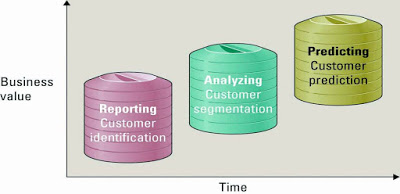MGT300

CHAPTER 1 - BUSINESS DRIVEN TECHNOLOGY Learning outcomes - compare management information system (MIS) and information technologies (IT) - describe the relationship among people, information technology, and information - identify four different department in a typical business and explain how technology helps them to work together. - compare the four the different types of organizational information cultures and decide which cultures applies to your school. INFORMATION TECHNOLOGY’S ROLE IN BUSINESS -Information technology is everywhere in business. INFORMATION TECHNOLOGY’S IMPACT ON BUSINESS OPERATION INFORMATION TECHNOLOGY BASICS - Information technology (IT) - a field concerned with the use of technology in managing and processing information. - Information technology is an important enabler of business success and innovation - Management inf...



